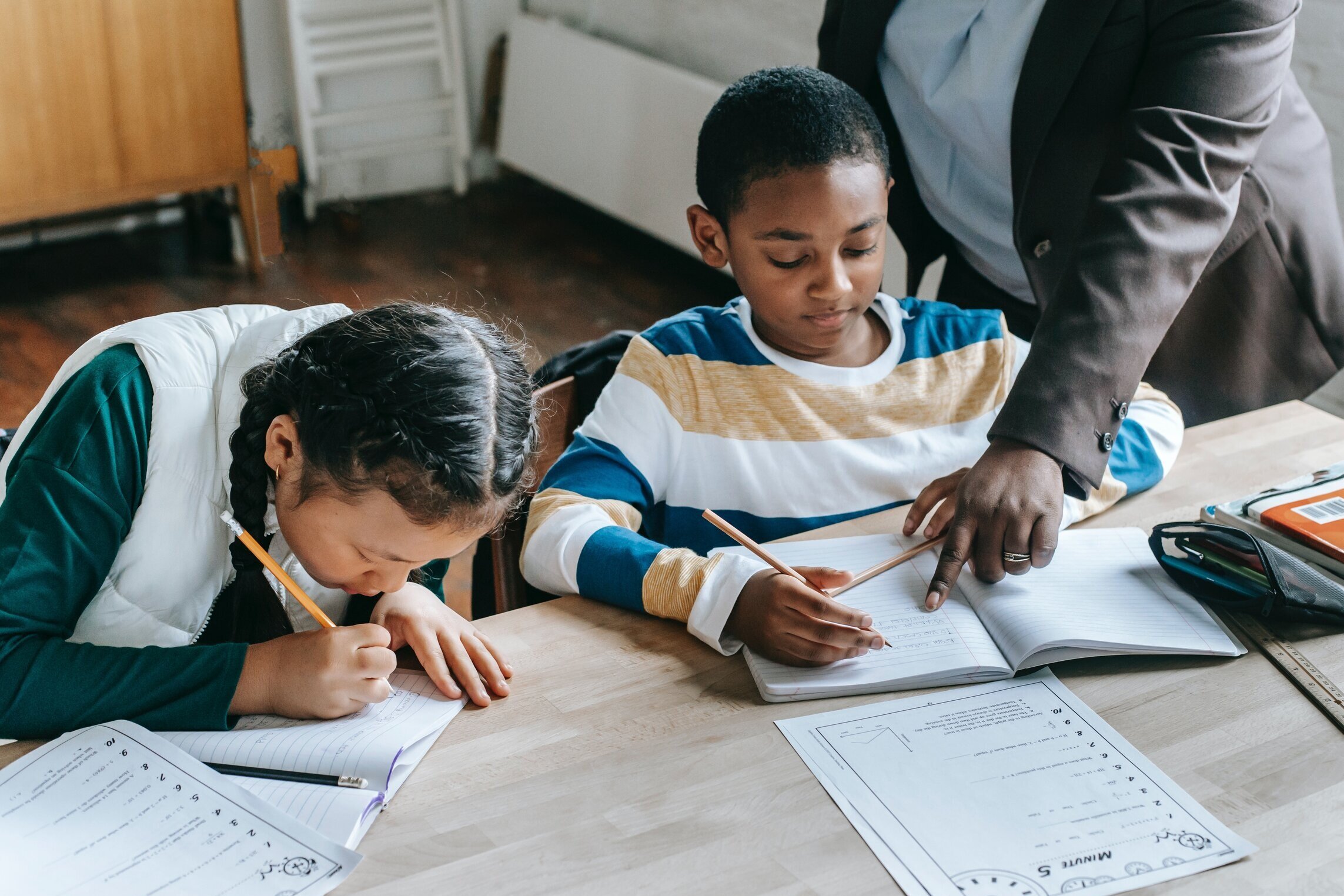As school leaders, it is incumbent upon us to help our teachers to become confident risk-takers by fostering a culture that embraces, even celebrates, the most atomic building block of innovation – failure!
Read MoreHow do we create a classroom culture in which mistakes are valued, not just in theory but in practice? Learn about three simple shifts you can make to your daily instructional practice that will bring mistake-learning to life in your classroom.
Read MoreMistake Literacy offers a framework that empowers teachers and students to embrace errors as a critical part of the learning process. By implementing the strategies and dispositions outlined in Mistake Literacy, educators can create the optimal conditions for students to recognize, react to, and repair their mistakes.
Read MoreGiven the endless diversity of mistakes that can be made, how can we lend clarity to the mechanisms and pathways that enable learning to occur from them? This is where Cohen’s Taxonomy of Mistake Literacy comes in.
Read MoreIn an age widely defined by scope and speed of change, one thing is for sure: people will make mistakes. Our students need to possess the willingness and know-how to make, and learn from, their mistakes.
Read MoreAccording to Cohen’s Taxonomy of Mistake Literacy, there are seven levels of learning that may result from mistake-making. The taxonomy deliberately focuses on levels of learning, rather than types of mistake-making.
Read MoreLearning from mistakes starts with a shift in mindset. While the pessimist might see their mistakes as a justification to cease their pursuit of achieving mastery, the optimist knows that the upshot of mistake-making is learning.
Read MoreWith students stuck at home, it only makes sense that we’d teach them how to rely more on themselves and less on their teachers — taking greater ownership for their learning and, in turn, greater ownership for their mistakes.
Read More






